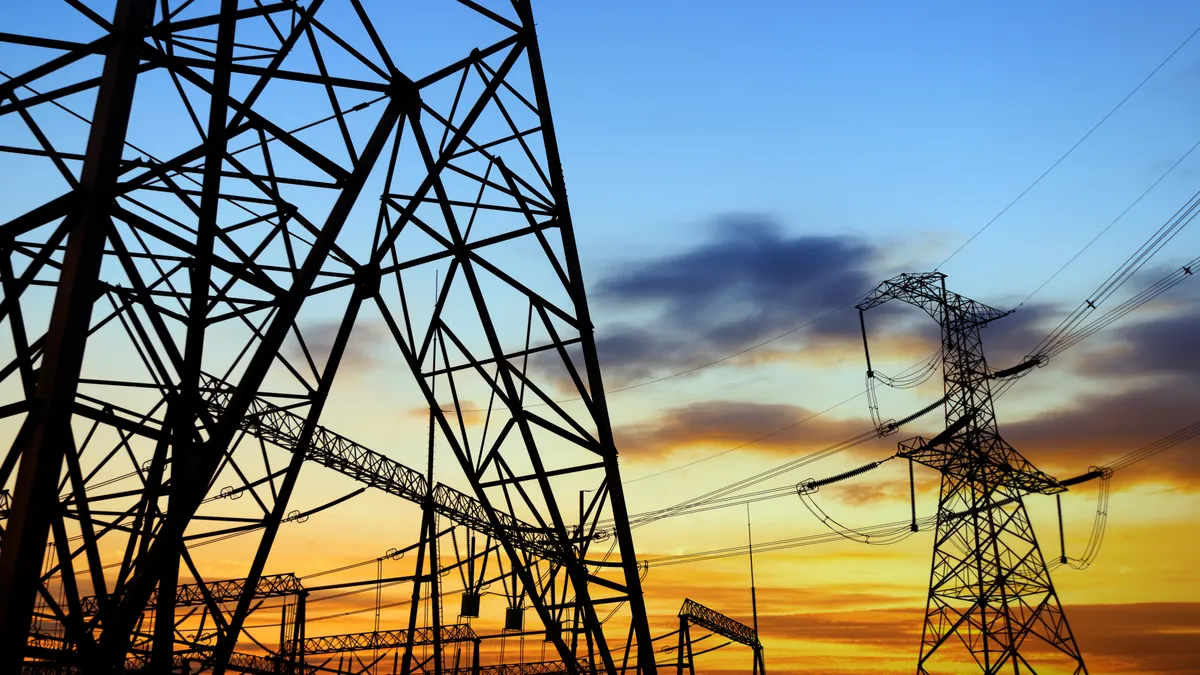The following is a guest post from Paul Maxwell, director at Navigant Research.
Renewed investment in U.S. infrastructure was a popular topic on the 2016 presidential campaign trail. Candidates Hillary Clinton and Donald Trump promised billions in new spending to repair and expand transportation, water, and energy systems. Senior policy advisors to Trump indicated his program would rely on private sector funding attracted by new federal tax credits. Now a few months into the new administration, the question is whether President Trump will follow through on this campaign promise. What will his infrastructure plan look like, and what will it mean for the power industry?
Back in December, the Trump transition team published a presentation deck summarizing 50 potential infrastructure projects that could be targeted in an infrastructure proposal. The portfolio totals $137.5 billion of mostly high-speed rail, airport terminal, port dredging, and subway activity. However, it also includes the power and transmission projects listed below. These are large, multi-state, and multi-benefit projects that are likely difficult to finance in the private sector due to the risk and revenue uncertainty around their size and complexity.
Not to be outdone, Senate Democrats led by Minority Leader Sen. Chuck Schumer (D-NY) unveiled a proposal in January to spend $1 trillion over the next 10 years to repair and expand infrastructure. Although no specific projects are identified, $100 billion is targeted for energy infrastructure and grid modernization, including “reformed tax incentives for renewable energy and a permanent incentive for electricity generation, transportation fuels, and energy efficiency improvements.”
The plan also outlines a new infrastructure bank that would be created to provide low-cost loans or loan guarantees to qualifying infrastructure projects. Democrats welcome the opportunity to work with Trump on infrastructure, but remain opposed to the use of tax credits. In his recent speech to Congress, Trump made reference to a $1 trillion proposed infrastructure plan which perhaps indicates a willingness to reach a compromise plan with the democrats.
The upside is that both parties want infrastructure investment, and electric transmission and storage are included in the mix. The challenge will be reaching a consensus on a joint plan that overcomes the weaknesses of each party’s proposal.
Tax credits to attract private investment have been used to successfully develop billions of new renewable power generation over the past 2 decades, driving technology advancement and cost reductions. It’s untested whether this same approach can spur similar results in rail transit, urban bus systems, or aging water pipes in low-income neighborhoods where residents can’t afford large water bill increases. Direct federal spending has traditionally been used to fund these types of projects, but this approach in the past has led to poor project selection, such as unnecessary new roads or transit projects rather than upgrading aging but valuable infrastructure.
A viable compromise plan must involve aspects of each proposal, tapping the capital and innovation of the private sector sought by the white house and the focus on existing infrastructure upgrades preferred by the democrats. This type of hybrid solution could be implemented through a public-private partnership (P3) framework, where private and public entities jointly select and implement a project under a defined set of criteria, roles, and risk allocations intended to achieve benefits to the public and profits to the private party.
P3s have been used for decades in the United States and around the world for new large power and resource projects. Adapting the structure to the unique aspects of smaller infrastructure repair projects will require innovation around selection criteria, competitive procurement, evaluation methodologies, and revenue security.
How should the power industry position itself with respect to these infrastructure revitalization proposals? The current seat at the table must be held through continued advocacy for critical and complex electrical projects that require federal support. At the same time, new projects that aid or support the revitalization of other infrastructure should be identified to expand the opportunity.
Examples include the addition of hydropower to new or existing water storage reservoirs, new generation to support rail or vehicle electrification, desalination to absorb renewable overgeneration, and the joint rebuilding of electric/water/wastewater corridors. In addition, the industry can provide leadership on necessary P3 innovations given its success with this structure.
Crumbling U.S. public infrastructure affects everyone, and its revitalization under federal guidance presents an opportunity for the power industry to support its future load growth and reliability.






















